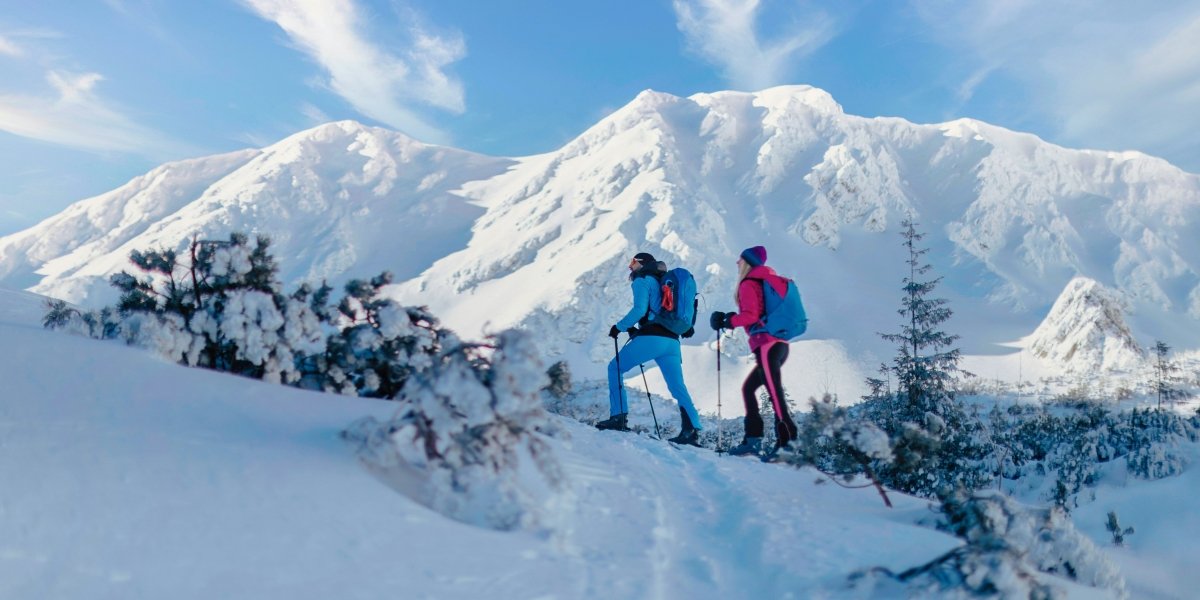Hydro dipping, also known as water transfer printing, is a creative method of applying printed designs onto three-dimensional surfaces such as automotive parts, helmets, and home décor. To perform this technique effectively, several hydrographic supplies are needed, each serving a distinct purpose: to help achieve a visually appealing and durable finish. Below are four essential hydrographic supplies that can enhance your water transfer printing project.
1. Activators
Chemical solutions, referred to as activators, are designed to dissolve the hydrographic film, making it ready for application onto the object’s surface. When applied correctly, the activator will soften the ink on the PVA film, causing it to become a floating layer of ink on water. This allows the ink to adhere to a base-coated object during the dipping process. Applying this activator requires careful attention, as too much can distort the design, making it blur or stretch, while too little can lead to only partial transfers. Since film type, temperature, and humidity can vary, activator formulas are often adjusted to accommodate these factors.
2. Aerosols
Hydro-dipping aerosol products include primers, base coats, and topcoats. Priming is important to ensure the proper adhesion between the object and the base coat, which helps in achieving a smooth and even dipping result. Once the transfer is complete and the item is dry, topcoats help protect the design from UV rays, chemicals, and physical wear. Aerosols are advantageous because they do not require special equipment beyond the aerosol can itself. They also come in handy for quick touch-ups or for reaching difficult spots. A reliable line of aerosol-based coatings should be compatible with different film types and substrates to ensure good results.
3. Paint Guns
Paint guns are essential tools for applying base coats and topcoats to larger surfaces or for more professional-level hydrographic work. Paint guns offer adjustable spray pressure and width, unlike aerosols, providing more control and efficiency during the process. A consistent and properly applied base coat is key, as it serves as the background color that enhances the appearance of the transferred film pattern. Additionally, using a paint gun for the topcoat ensures that the finish is smooth and long-lasting, whether it’s glossy or matte.
4. Hydrographic Film
The printed pattern is embedded in hydrographic film and is arguably one of the most visually significant elements. The designs of these films are diverse—from carbon fiber and camouflage to skulls, wood grains, and even fully custom graphics, offering great design flexibility. The PVA base dissolves once activated, allowing the film to transfer effectively. Proper storage of the films in a cool, dry place is essential to prevent damage caused by moisture or heat. The right choice of film will also ensure compatibility with the paint system and the material of the object being dipped.
These hydrographic supplies—activators, aerosols, paint guns, and films—each play an important role in the water transfer printing process. Using high-quality supplies suited to your project’s needs will help the process proceed smoothly, and the finished result will likely be more durable. When purchasing supplies, it’s important to focus on quality rather than quantity, as the quality of the materials you choose can significantly impact the final outcome.










